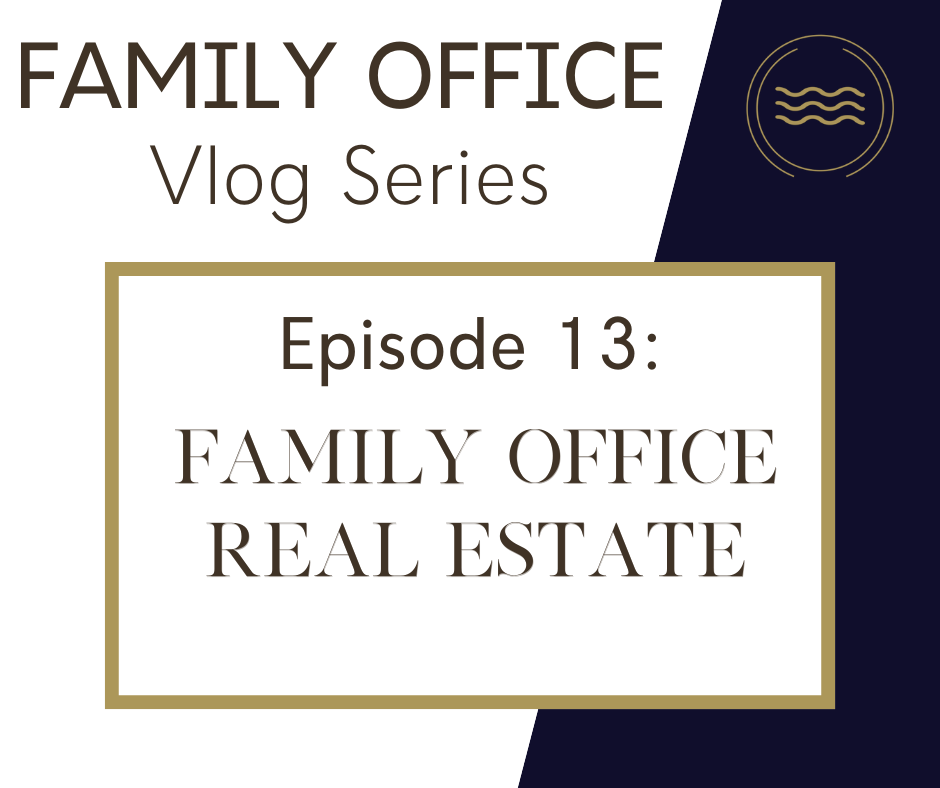
Restructuring your US operations – Part 3: Anti-avoidance rules in the Internal Revenue Code
Where a corporate reorganization results in a transfer of property to a foreign corporation (such as an Australian registered company), the normal nonrecognition rules in the IRC (see Restructuring your US operations – Part 2: US corporate reorganization relief ) may not apply.
If the transferor is a US domestic corporation whose assets are transferred to a foreign corporation pursuant to a reorganization, the reorganization exception generally would not apply unless the transferor is controlled by five or fewer domestic corporations (see IRC section 367). If section 367 applies, the gain on the transfer would be taxable under the US tax laws (i.e. the difference between the fair market value of the asset(s) transferred and its basis).
IRC section 367 does not apply if the “anti-inversion” rules in IRC section 7874 apply. If the anti-inversion rules apply, the taxable income of the “expatriated entity” (being the targeted US domestic corporation (“Target”) which is controlled by the “foreign” (Australian) holding company (“Parent”) post-restructure) would include the “inversion gain”. The term “inversion gain” refers to the income or gain recognized on the transfer of the stock or other property of the Target, and any income attributable to a license of property by the Target to the Parent.
The anti-inversion rules therefore apply to tax any indirect transfer of assets by a controlled foreign company to its parent.
The anti-inversion rules could apply to treat the Parent as a domestic corporation for US income tax purposes, if:
1. it acquires substantially all of the property of the Target – this requirement would be satisfied by an indirect acquisition of property through the stock holding in the Target. If the Parent was formed for the purpose of making the acquisition, it would be treated as a domestic corporation from its date of incorporation;
2. the “shareholder continuity” test is satisfied by the former shareholders of the Target holding 80% or more (by vote or value) of the stock of the Parent after the restructure, due to having previously held stock in the Target; and
3. the Parent and its “expanded affiliated group” (related entities with a common ownership) not having substantial business activities in Australia relative to its worldwide business activities. The substantial business activities test would be satisfied if the Parent is a tax resident of Australia and at least 25% of its employees and 25% of its assets, are located in Australia, and 25% of its income is derived from, Australia.
The application of the anti-inversion rules can have hugely detrimental consequences and can (depending on the a group’s structure), result in considerably higher global effective tax rates as they have the potential to subject the Parent to US Federal corporate tax and withholding tax (as well as filing and reporting requirements).
Dividends paid by the Parent to its shareholders would be characterized as US sourced income and subjected to the 30% withholding tax in the US. Additionally, Australia would impose corporate tax at 30% on the taxable income of the Parent (and grant a franking credit to its shareholders on the franked dividends paid).
It is unclear whether foreign tax credits would be available in Australia in respect of US federal corporate taxes and withholding tax payments triggered by the anti-inversion rules – this would depend on how the US-Australia Tax Treaty is interpreted and applied. It is unclear whether the Treaty relief that is available “in respect of income derived from sources in the United States” (Article 22) would be available in respect of taxes paid as a result of the application of the anti-avoidance rules. Clarity on this issue is required from the ATO.
The concepts discussed in this blog are complex and require careful consideration to ensure compliance with Australian and US tax laws.
This blog is part of a 3 part series comprising:
Restructuring your US operations – Part 1: why, and how you would convert an LLC to an Inc.
Restructuring your US operations – Part 2: US corporate reorganization relief
Restructuring your US operations – Part 3: Anti-avoidance rules in the Internal Revenue Code
For more information, contact:
Renuka Somers
Senior Tax Advisor
U.S. Australia Tax Desk





